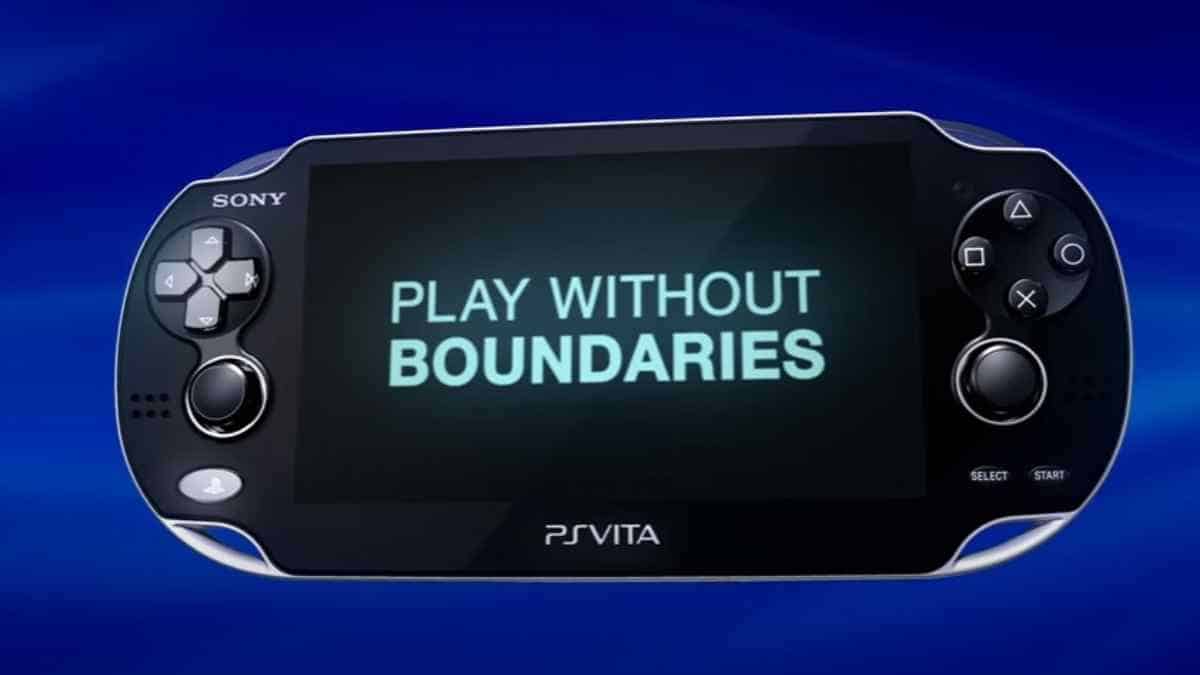Video Gamer is reader-supported. When you buy through links on our site, we may earn an affiliate commission. Prices subject to change. Learn more
PlayStation’s history includes the PSX, PS2, PSP, PS3, PS VITA, PS4, and PS5 in their mainline console repertoire, with variations of them releasing throughout the years. However, following on from the PS Vita’s lack of typical success, they shifted away from the handheld market, instead focusing on dedicated home consoles. Jim Ryan, PlayStation CEO (soon to be ex), even went as far to state that handhelds are “a business that [PlayStation are] no longer” involved in, at least as of 2019.
Now, the Nintendo Switch effectively owns the handheld scene, though niche portable gaming PCs such as the Steam Deck and ASUS ROG Ally are offering a whole new set of hardware benchmarks. Perhaps thanks to the fear of missing out, or spotting a potential gap in the market, PlayStation have now redacted Ryan’s handheld market claim by bringing the PlayStation Portal to store shelves: a streaming console that can’t actually play games natively on its hardware, which is a disappointment for many.
As we edge closer to the launch of the PlayStation Portal – the thought of a PS Vita 2 becomes ever more enticing, but how much do we really need it?
With the PlayStation Portal releasing, it doesn’t exactly look likely. This isn’t going to be some spiel about how we’re probably going to see a PS Vita 2 released sometime down the line, but rather whether or not we actually need another PlayStation handheld (that can play games itself).
As a disclaimer, the PSP is hands down my favourite games console of all time. I’d probably have only been about five years old by the time I got my hands on it for the first time, though I wouldn’t realise just how precious the console was to me until I picked it back up again a few years down the line. Having access to games such as Final Fantasy VII: Crisis Core, GTA: Vice City Stories and Persona 3 Portable re-shaped my relationship with gaming entirely, placing charming gameplay and carefully constructed narratives at the centre, consequently pushing insane photo-real graphics to the side. The same goes for the Nintendo DS and it’s successor in the 3DS, both of which championed games with nifty mechanics over world-beating visuals.
The PS Vita, as opposed to other handhelds mentioned, actually featured a pretty impressive graphics system. Built with a 32nm process, the SDX534 MP4+ featured 128 MB RAM and clock speeds between 200 – 400MHz. This might only be a fraction of what even the Nintendo Switch offers, but it churned out some impressive titles: P4 Golden, Final Fantasy X/X-2 HD Remaster and even an entry to the Uncharted franchise. Advancements in graphics architecture have been increasing exponentially since then, and modern handheld computing is capable of some wild things. For example, in our fantasies for a Nintendo Switch 2, we rigged up an iPhone 15 Pro Max to a monitor to enjoy Resident Evil Village at 900p, 30 FPS.
The main issue with the console was the game library was pretty limited. Game development was notoriously hard, and the console really began to shine for itself years past its discontinuation thanks to emulators and custom firmware. The company’s stance on handhelds following the Vita speaks for itself.
With competition such as the Steam Deck, ASUS ROG Ally and Lenovo Legion Go generating an entirely new ‘genre’ of hardware altogether, PlayStation would either have to build a hardcore, competitive handheld gaming system that could completely own the market, or settle for a position somewhere between the Switch and Steam Deck. Perhaps, though, that’s why they’ve not done it yet.
If PlayStation were to release a handheld console again, it would need to be lightweight, fast, optimised and well-supported. They wouldn’t be able to lean on Windows or Linux, as Valve and ASUS can, so there would have to be dedicated developers and studios creating games for the console. Like the Nintendo Switch, though, it could be blessed with an expansive indie game library and regular big-title releases.
The more I write this article, the less likely it seems we’re going to see anything after the PlayStation Portal. Jim Ryan’s statement regarding PlayStation’s position in the handheld market will probably still ring true even after he leaves his position at the company – the handheld market is simply too tricky. Do people want a PS Vita 2? Probably. Is it time for a PS Vita 2? Probably not, unfortunately.
